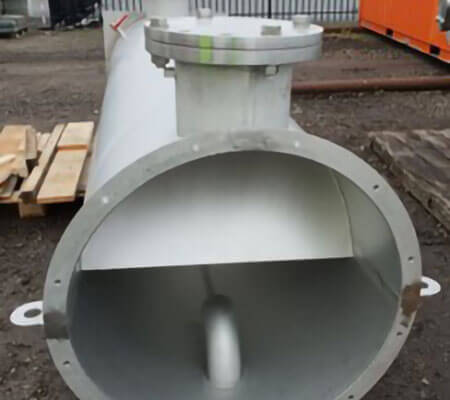Aeration and Degasification
Efficient aeration and/or degasification are important process components to promote efficient removal of iron and manganese in ground water treatment, biological nitrification or hydrocarbon components.
Aeration and Degasification
Easy-to-operate
Aeration and degasification reactors are often prone to fouling, requiring regular cleaning. Our design basis is focusing upon easy-to-operate equipment, avoiding or limiting fouling. If required simple cleaning methods.
Effective design
Our basis of design is focusing upon the particular process driver. For oxygen transfer, the aim is a maximum saturation level with a minimum of energy required. For carbon dioxide or methane removal we focus on maximum degasification rates.
Stable efficiencies
Stable efficiencies for both aeration and degasification in various water sources. Aeration of groundwater, nitrification of waste water in aerated media filters, tertiary aeration of waste water. Various technologies are applied.
Chose the right type of equipment
Aeration and degasification are processes which are relevant processes for conditioning various water sources for further treatment. For groundwater aeration and degasification is applied to oxygenate Fe(II) into Fe(III), while excess carbon dioxide is removed. A cascade aeration, consisting of a series of cascades to create ideal circumstances for contacting water and air, is used to maximize oxygen uptake. If degasification is the main driver for the process, plate aerators may be applied.
For aeration of media filters, to promote oxic conditions for nitrifying biomass, air is introduced via an aeration grid, with small slits to promote fine bubbles to migrate through the filter bed.
We are using modelling tools to determine the best possible solution. Based on the modelling results a practical design is made, which fits into the hydraulic line and which is easy to maintain.

Applications
Aeration of groundwater
In groundwater the removal iron, manganese and ammonia is enhanced by oxic conditions. Using cascade aerators to optimize the oxygen uptake, while at the same time create good pH conditions for the removal of iron, manganese and ammonia, proved to effective for most ground water sources.
Waste water polishing
In waste water treatment schemes tertiary polishing steps may require additional nitrification or biological degradation of organic matter, including micropollutants. Efficient aeration inside a media filter will allow the filter to remove solids and to create an environment for biological activity.

Would you like some further reading?
Please feel free to download this whitepaper ‘’ Tertiary aerated MBFs for ammonia removal”.









